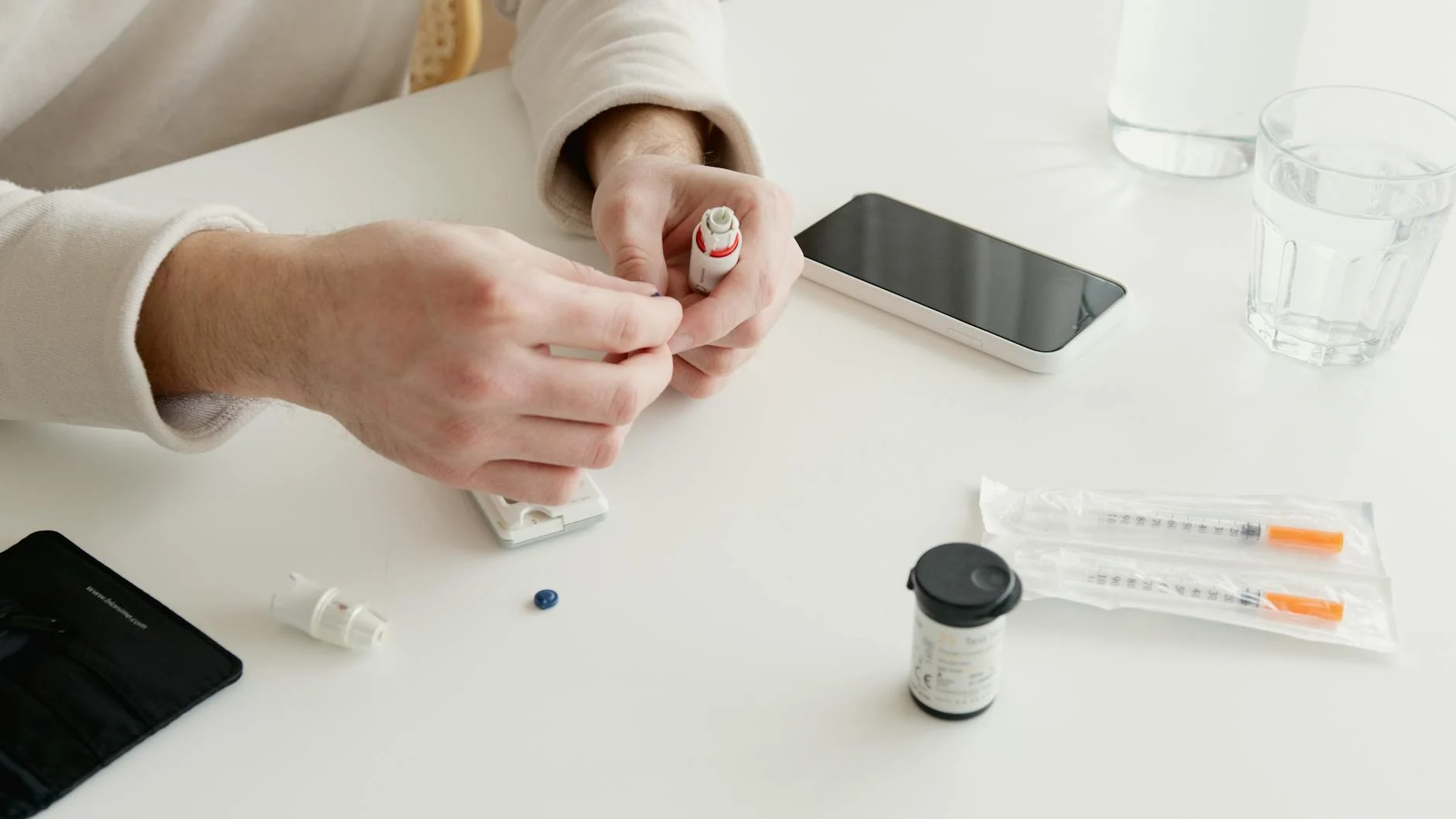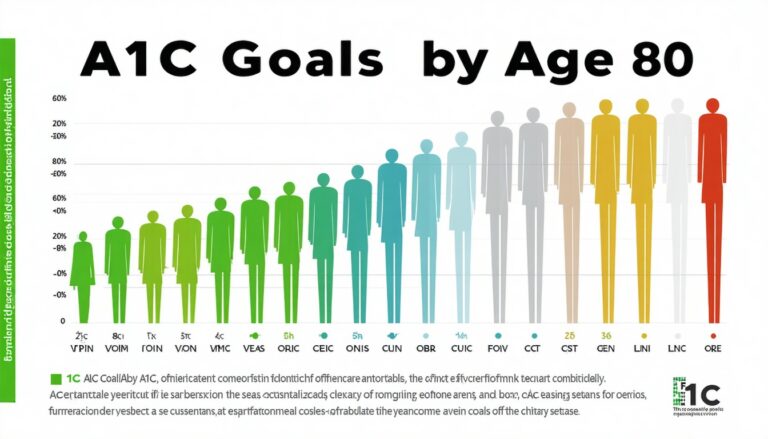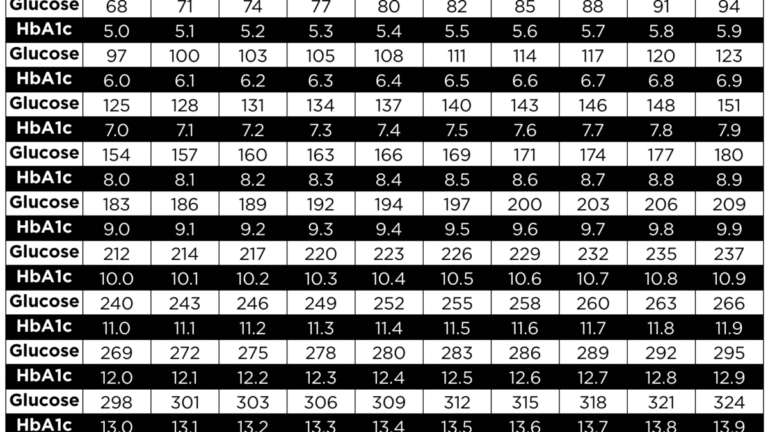Interpreting A1C Readings in LADA: Understand Your Sugar Stats
Discover interpreting A1C readings in LADA together. Learn about diagnosis, management, and your sugar stats easily.
Understanding LADA Diabetes
Definition and Misdiagnosis
So, let’s chit-chat about LADA, or as some call it, type 1.5 diabetes. It’s a bit of a shape-shifter, having bits of type 1 and a sprinkle of type 2 diabetes (NCBI). The trouble is, people often peg LADA as type 2 because it happens in adults and at first, seems to behave with a quick nod to oral meds used for type 2 diabetes.
Here’s the kicker—most folks, including some docs, aren’t wise to LADA, and it’s got no official rules for diagnosis. Nailing down recognition and game-plan standards is key to figuring out and tackling this thing properly. Many folks with LADA end up with the type 2 label till those meds start acting like they’re on a coffee break, which cues the doc to dig deeper. Sussing out these hurdles can help docs better spot and treat the LADA crowd.
Characteristics of LADA
LADA is this oddball mix with traits that make it different from type 1 and type 2 diabetes. Here’s what makes it tick:
- Adult Onset: LADA pops up in adults, typically after the big 3-0.
- Autoimmune Nature: Like its type 1 cousin, LADA is an autoimmune rogue. It has antibodies that love to mess with the pancreatic beta cells. These baddies include glutamic acid decarboxylase (GAD), islet antigen-2 (IA-2), and insulin (NCBI).
- Clinical Features: LADA makes a mash-up of signs from type 1 and type 2. You’ve got a blink-and-you-missed-it slowdown in insulin production, insulin getting shy, or acting half-hearted, and a middle-of-the-road beta-cell struggle bus compared to its type 1 and type 2 buddies (source).
- Gradual Insulin Dependency: Unlike the rush to insulin with type 1, LADA folks can keep it together with pills for a bit before needing the insulin heavy lift.
Diagnostic Criteria for LADA
Since LADA’s a bit unique, spotting it takes special touchstones like these:
- Age of onset: Mostly over 30.
- Presence of autoantibodies: GAD, IA-2, insulin show their faces.
- Slow ride to insulin dependency.
- A mishmash of type 1 and type 2 diabetes signs: Playing with insulin resistance, beta cells throwing in the towel.
If you’re interested in mastering your A1C readings with LADA, mosey on over to our pieces on managing A1C in LADA and understanding A1C results in LADA. Knowing these quirks can pave the way to better LADA diagnosis and treatment, making life easier for those dealing with it.
Diagnosis and Key Criteria
When it comes to spotting latent autoimmune diabetes in adults (LADA), getting the details right is absolutely vital. We need to know how it stacks up against other types of diabetes so we can tailor the right treatment for our folks.
Differentiating LADA from Type 1 and Type 2
Now, LADA is like the cameo actor in a movie — it’s type 1 diabetes, but with a twist. It strolls in slowly, unlike the usual speedster type 1, yet it’s quicker on its feet than type 2. Initially, some simple noninsulin stuff might do the trick, but as the show goes on, you find you’ll need to bring in the big guns: insulin.
Here’s a quick look at how it compares:
| Feature | Type 1 Diabetes | Type 2 Diabetes | LADA |
|---|---|---|---|
| Onset Age | Under 30 | Over 40 | 30 or older |
| Autoantibodies Presence | Yes | No | Yes |
| Insulin Resistance | Little to none | Loads | In-between |
| C-Peptide Levels | Low/Undetectable | Normal/High | Low to Normal |
| Initial Treatment | Insulin | Pills/Insulin | Pills |
As you can see, LADA isn’t a clear-cut type. It’s a bit of this and a bit of that, so getting the diagnosis right is key to dodging a mix-up and making sure folks get the care they need, especially when managing A1C levels.
Immunological Markers in LADA
The immune markers help us pin down LADA better than any treasure map. According to the Immunology of Diabetes Society (IDS), we look for a few signs that say, “Hey, this is LADA” (NCBI):
- Diagnosed at 30 or older.
- Testing positive for at least one autoantibody like GAD, IA-2, or ZnT8.
- No need for insulin in the first half-year.
Here’s a table to break it down:
| Immunological Marker | Type 1 Diabetes | Type 2 Diabetes | LADA |
|---|---|---|---|
| GAD Antibody | High | Not there | High |
| IA-2 Antibody | High | Not there | Could be |
| ZnT8 Antibody | High | Not there | Could be |
Another piece of this puzzle is C-peptide levels. In type 1, they’re next to nothing; in type 2, they’re quite the opposite. With LADA, you get a mix — low to normal. C-peptide tests give a lot of bang for the buck when we’re trying to nail down what exactly we’re dealing with.
Knowing the ins and outs of these markers helps us give our LADA warriors the best care possible. If you want to learn more about A1C readings for LADA, make sure to check out our piece on understanding A1C results in LADA.
Management of LADA
Handling Latent Autoimmune Diabetes in Adults (LADA) involves a mix of lifestyle tweaks and doctor-prescribed treatments. So, let’s wander through the first steps of managing this and the eventual buzzkill of insulin therapy.
Initial Treatment Approaches
Kicking off with some lifestyle sprucing, these little changes can actually work wonders. Think about regular workouts, shedding a few pounds, and munching on healthier snacks. Oh, and ditch the smokes! Alongside, your doc might hand you a script for some pills to keep your blood sugar in check. Yep, they actually do that (Mayo Clinic).
| Getting Started | What It Involves |
|---|---|
| Lifestyle Tweaks | Exercise, trimming weight, nutritious meals, no smoking |
| Oral Pills | Meds for sugar-level tango |
But here’s the catch: these tricks may only hold the fort for a bit. Eventually, the time might come to bring out the big guns—insulin—because, sadly, LADA means your body kinda slacks on insulin production over time.
Transition to Insulin Therapy
Most folks with LADA find themselves on insulin within a five-year spell from diagnosis. Those starter pills might do the job for a while, but as the condition moves along, insulin therapy becomes your go-to for tame blood sugar numbers.
A slight hiccup here is some healthcare pros might drag their feet on starting insulin therapy, hoping oral meds will be knights in shining armor. Delays can be nasty, stirring up more trouble and inviting complications.
| Changing Lanes | What That Looks Like |
|---|---|
| Five-Year Mark | Most switch to insulin therapy |
| Dragging Feet | Delays make room for complications |
By getting a grip on why early insulin therapy is critical, patients and docs can team up for a better treatment playbook. And don’t forget, decoding A1C readings in LADA is crucial when deciding to take the insulin plunge. For more deets, hit up our guides on managing A1C in LADA and understanding A1C results in LADA.
As we groove through managing LADA together, staying sharp and one step ahead with treatment choices means we’re handling this complex gig more efficiently. Curious about A1C levels connected with LADA? Check out A1C levels in LADA diabetes.
A1C Readings in LADA
Getting the hang of A1C levels in Latent Autoimmune Diabetes in Adults (LADA) is crucial in keeping track of this condition. Let’s break down why A1C levels matter and how to make sense of what they tell us.
Why A1C Matters
The A1C test is like a report card for your blood sugar over the past three months. It gives a percentage that tells you if your sweet tooth has been acting up without you knowing (source).
If you’re dealing with diabetes, especially LADA, getting the A1C test at least twice a year is recommended. It’s how you know if your game plan is working. The American Diabetes Association says most folks with diabetes should aim for an A1C under 7%.
Making Sense of A1C Scores
A1C results can sometimes feel like trying to read hieroglyphics. Here’s the cheat sheet:
| A1C Level | Meaning | What You Gotta Do |
|---|---|---|
| Below 5.7% | Chill – You’re Good | Just keep an eye on it |
| 5.7% – 6.4% | On the Verge | Time for lifestyle tweaks |
| 6.5% or higher | Diabetes Detected | Time to set up a management plan |
For us dealing with LADA, a spiked A1C level hints at consistently high blood sugar over a 90-day stretch. This scenario pops up a lot among older folks, certain ethnicities, and people struggling with weight.
There’s a wide variety of how A1C readings in LADA appear across different groups:
| Fasting Glucose Status | Mean A1C Level (%) |
|---|---|
| Normal Fasting Glucose | 5.2 |
| Impaired Fasting Glucose (IFG) | 5.5 |
| Undiagnosed Diabetes | 6.9 |
Grasping these figures helps us get a clearer picture of our A1C results and figure out our next steps in managing diabetes. If your A1C nudges over 6%, it’s a cue to ramp up your diabetes management.
For tips on managing A1C numbers, check out our write-up on managing A1C in LADA. To dive deeper into A1C specifics in LADA diabetes or learn more about the A1C test for LADA folks, visit our detailed pages.
By keeping tabs on our A1C levels, we can steer LADA in the right direction and stay healthy. For more insights into deciphering A1C results in LADA, explore our in-depth LADA guides.








Leave a Reply